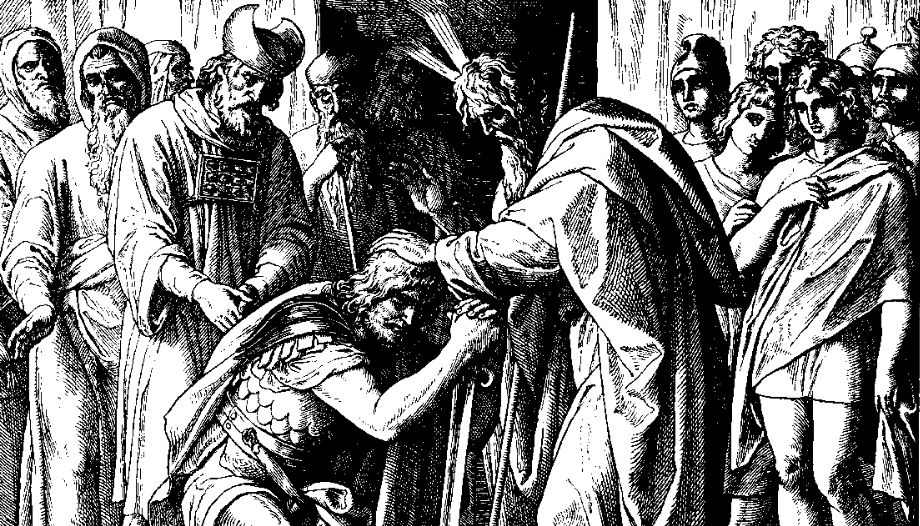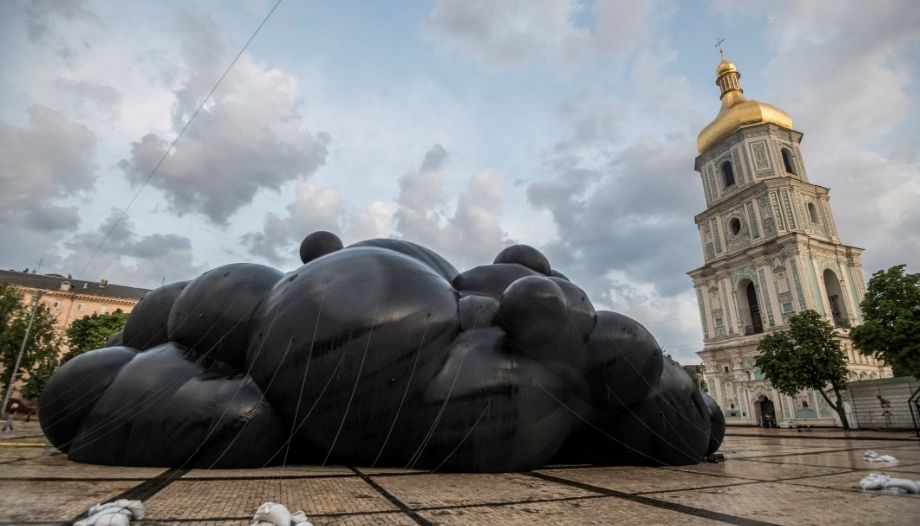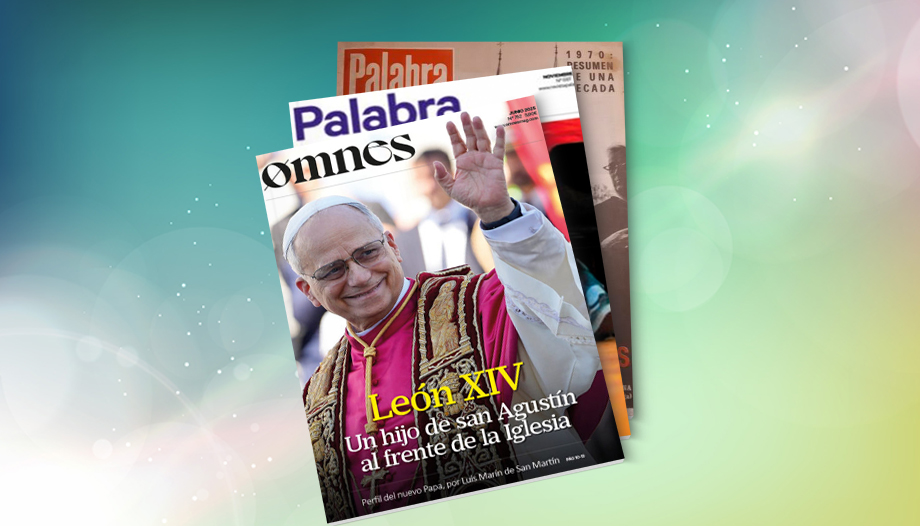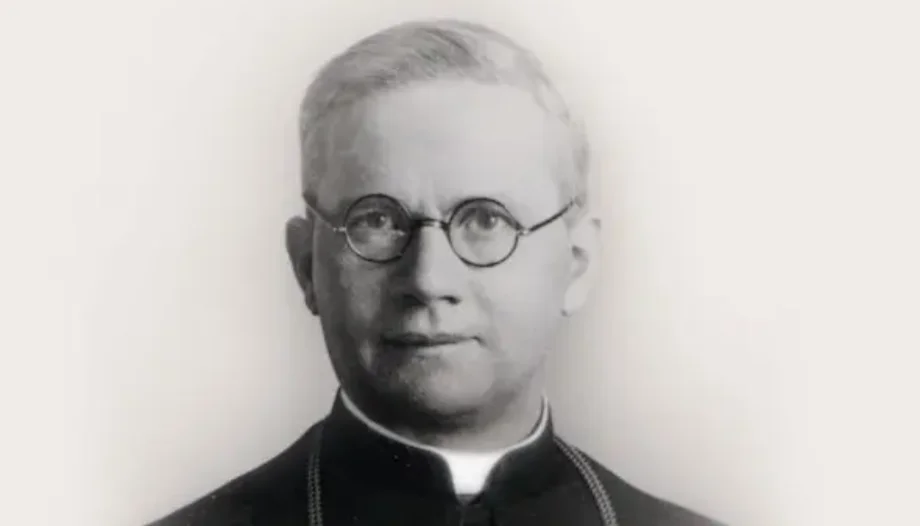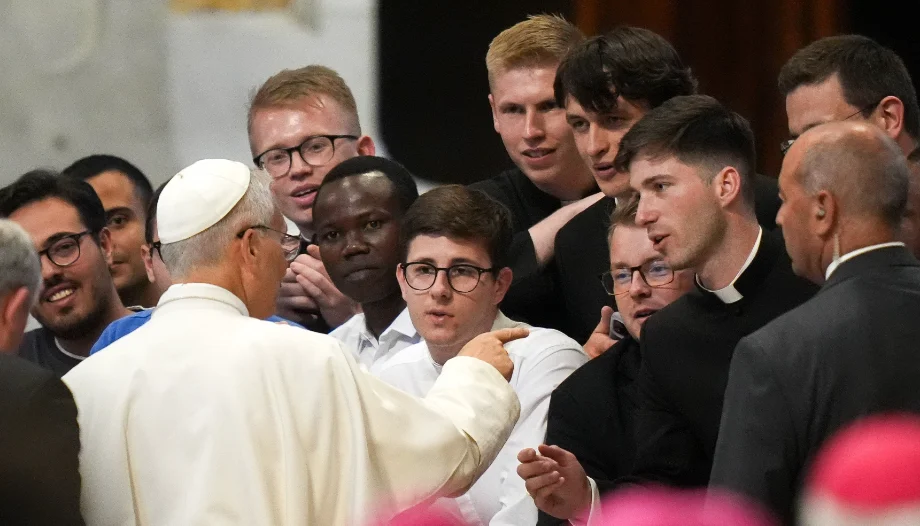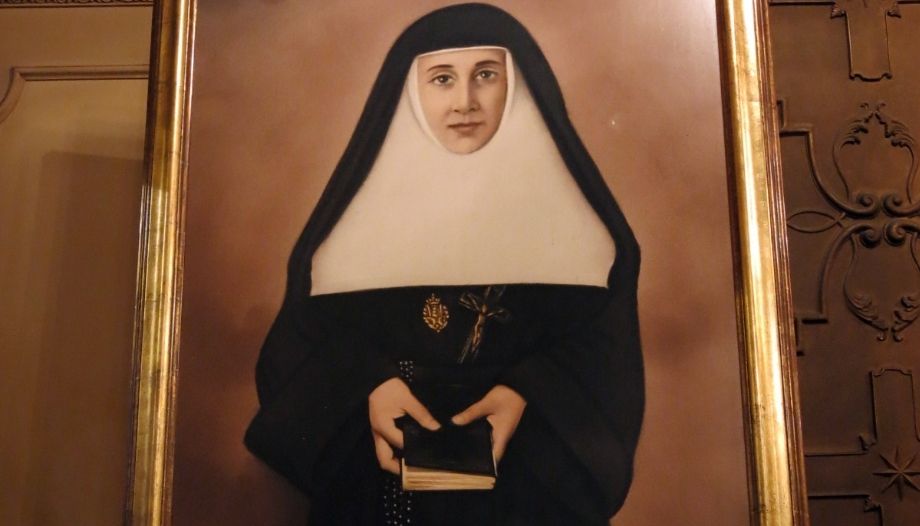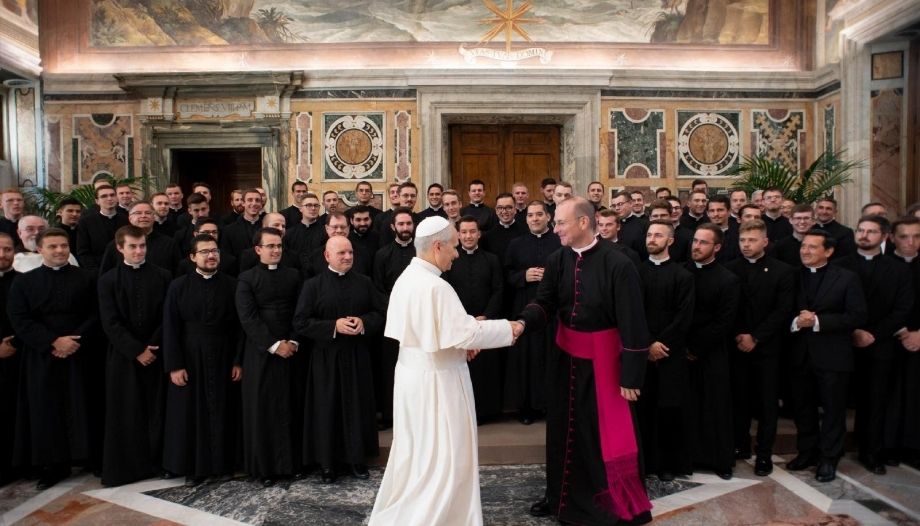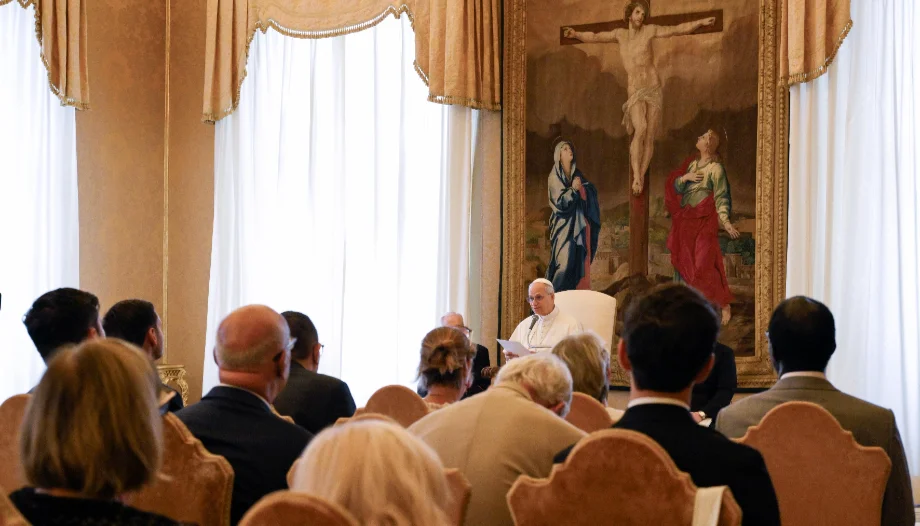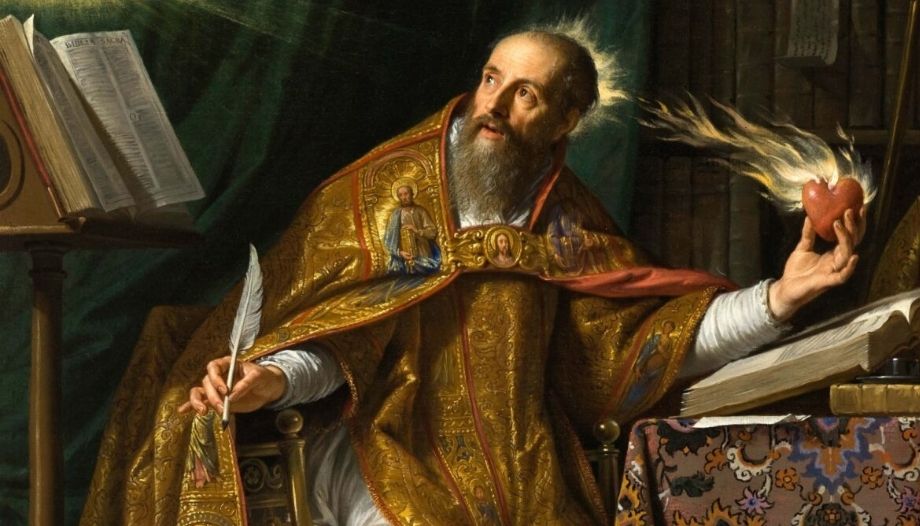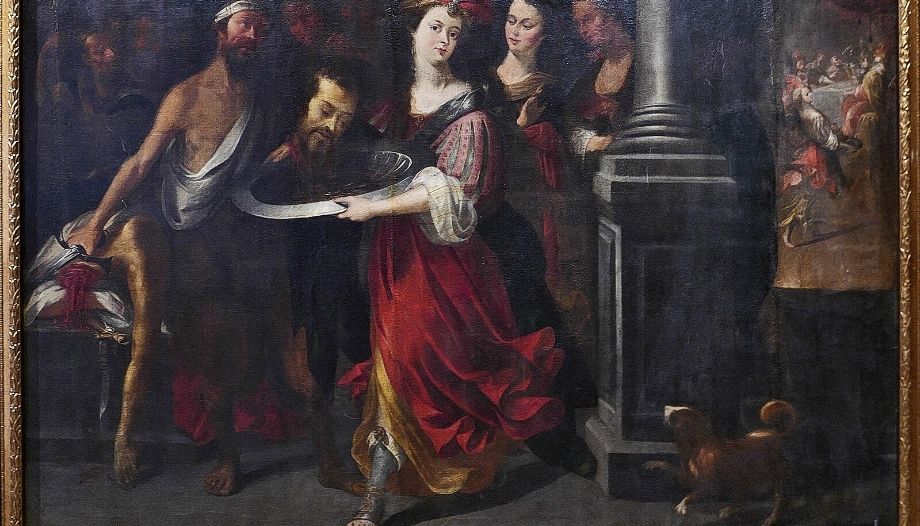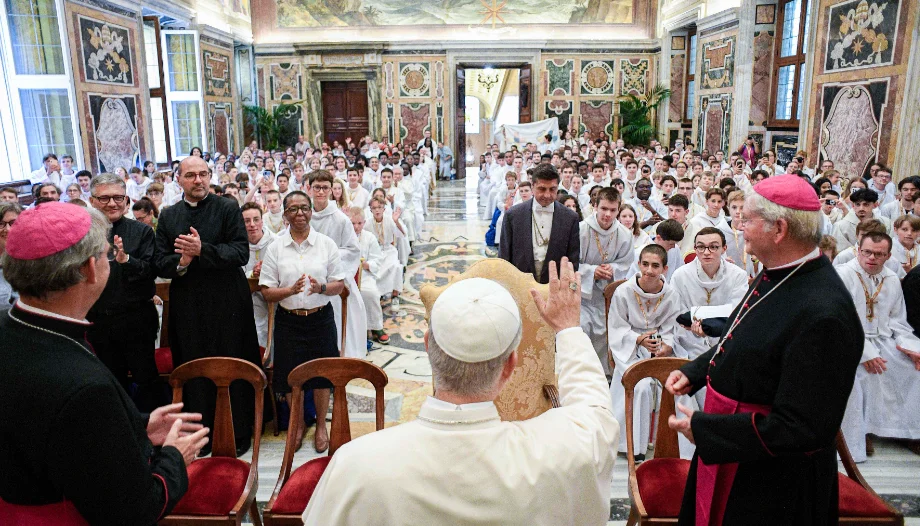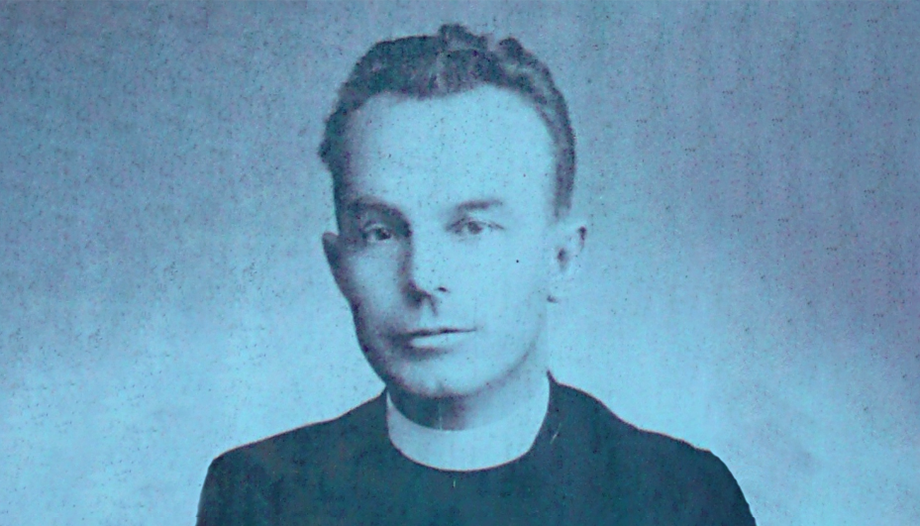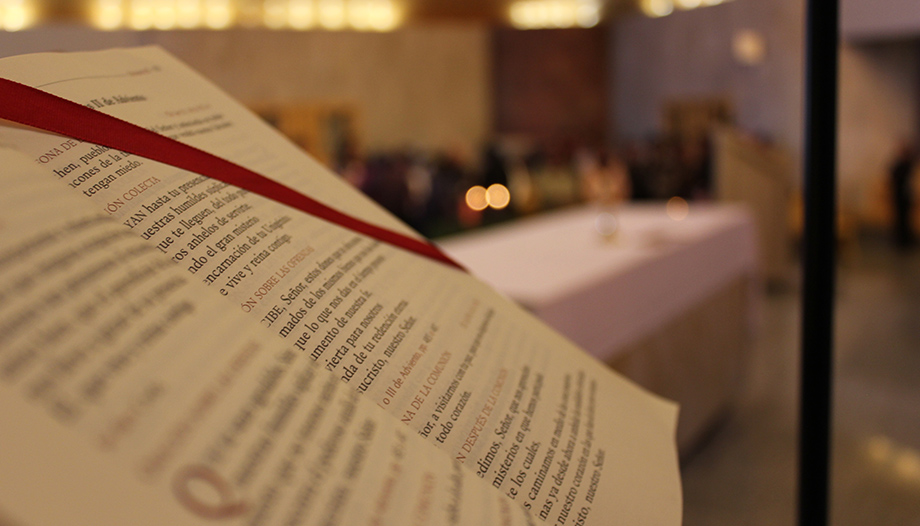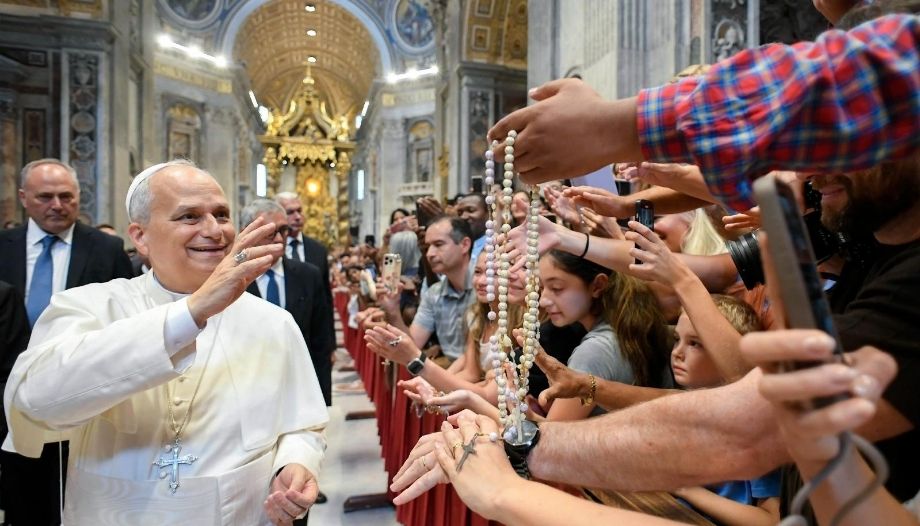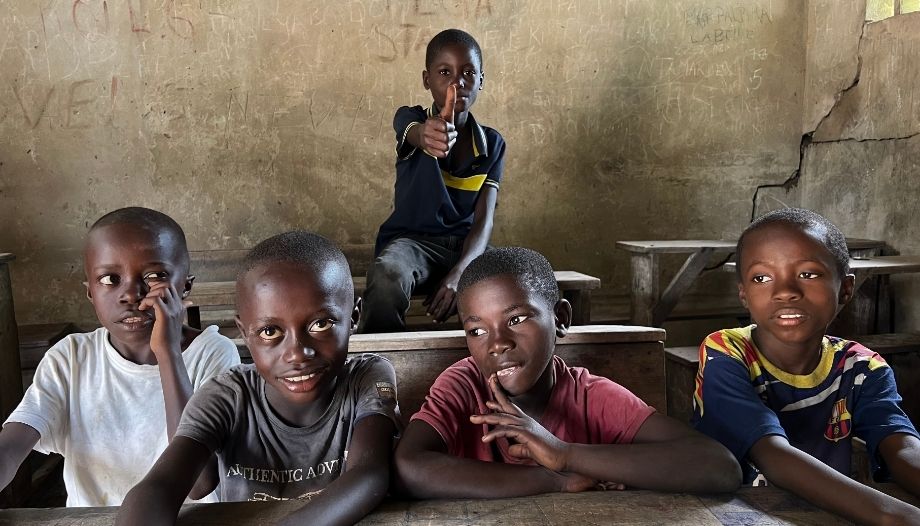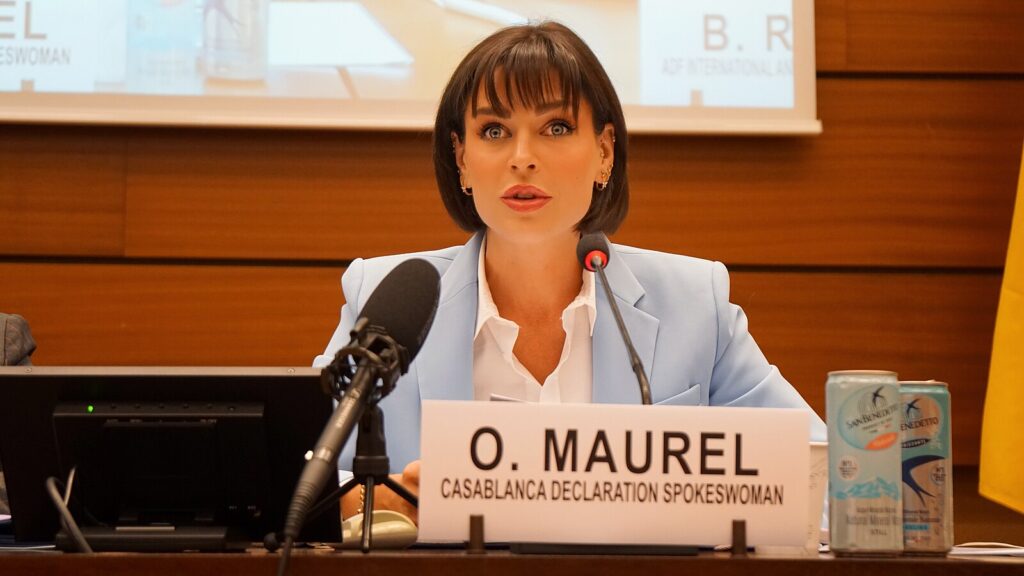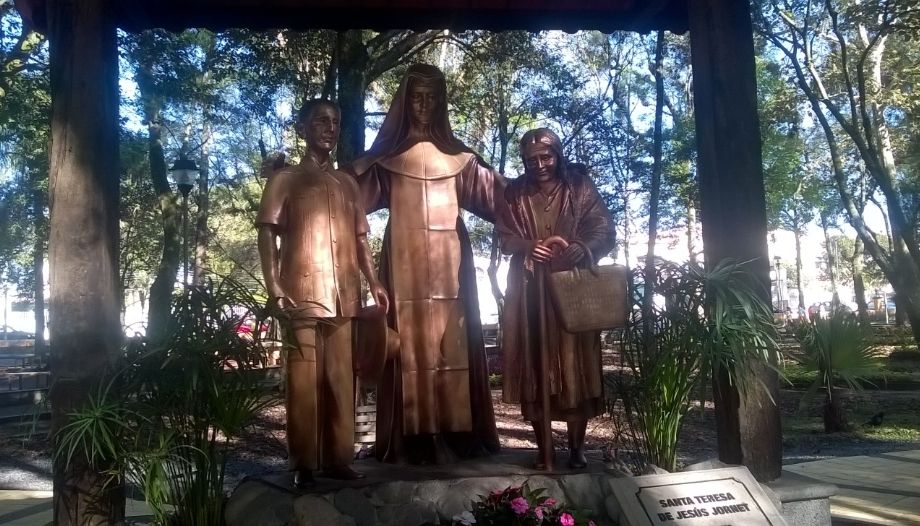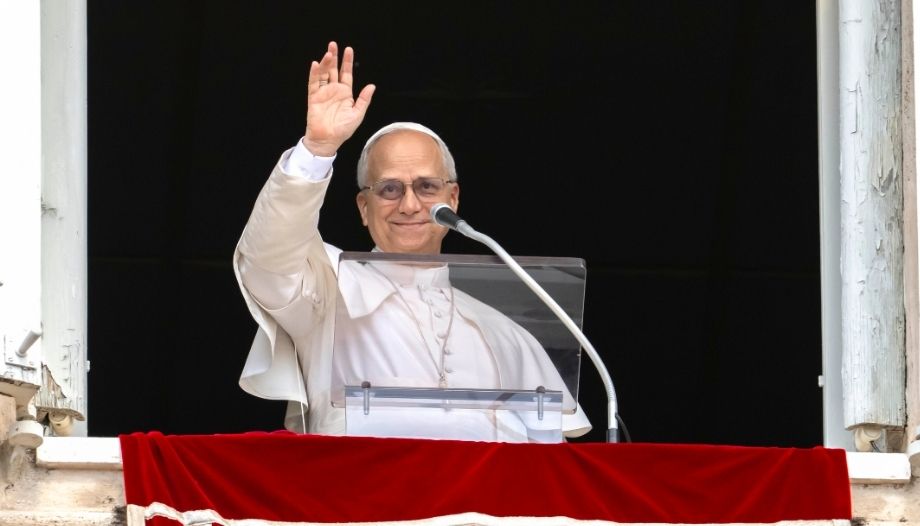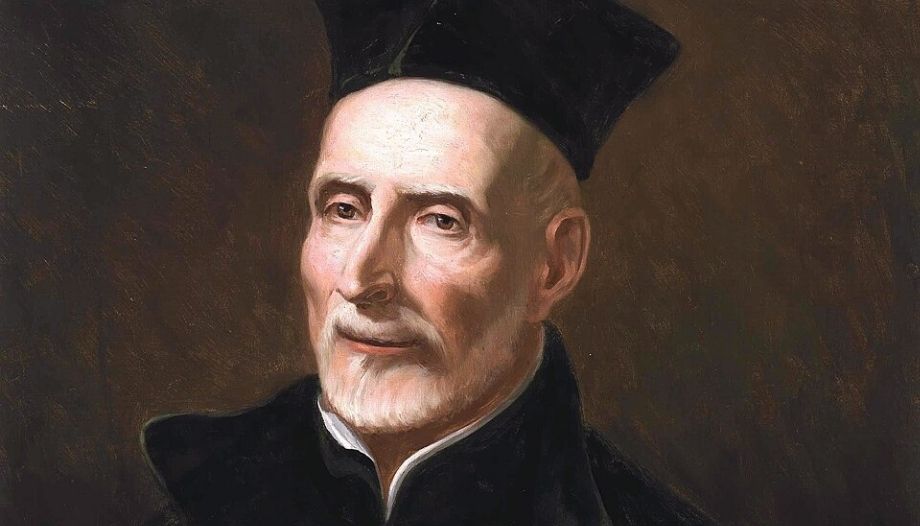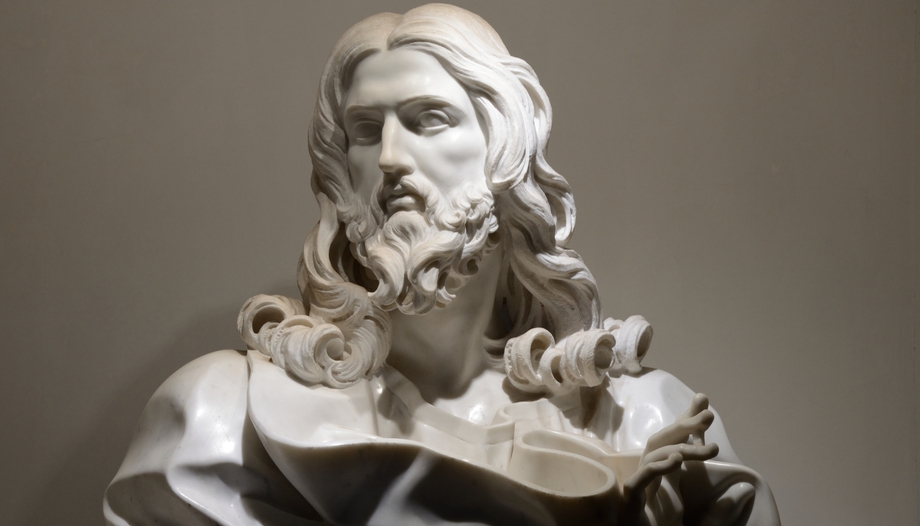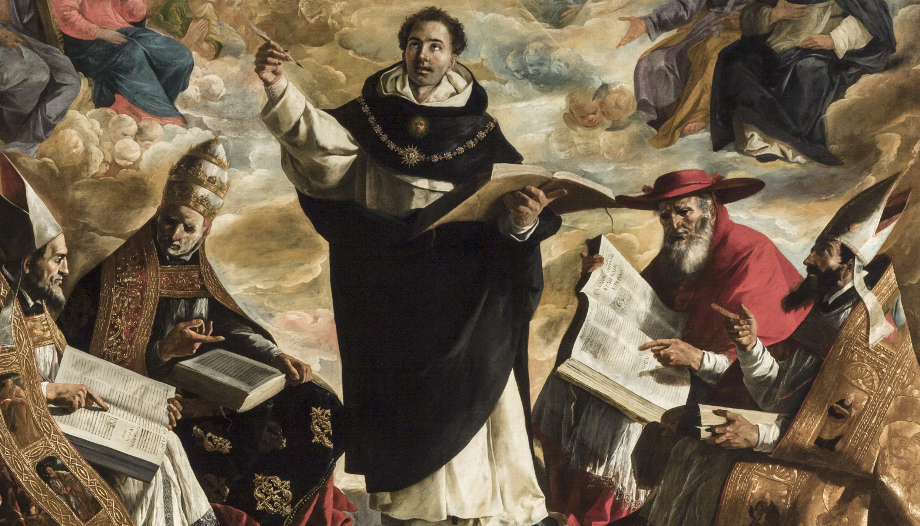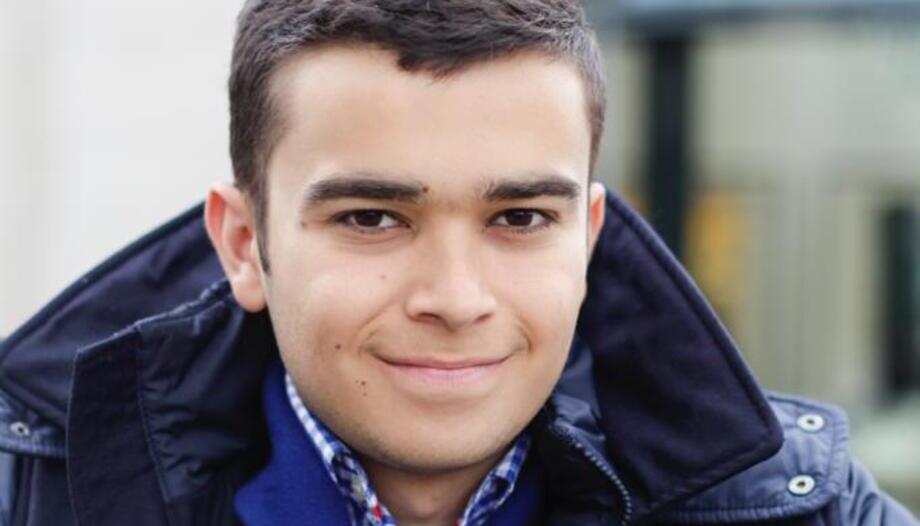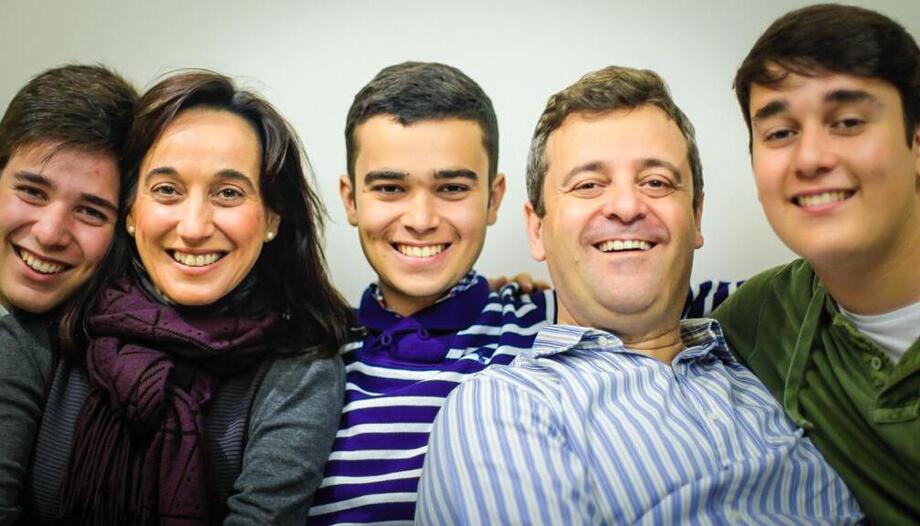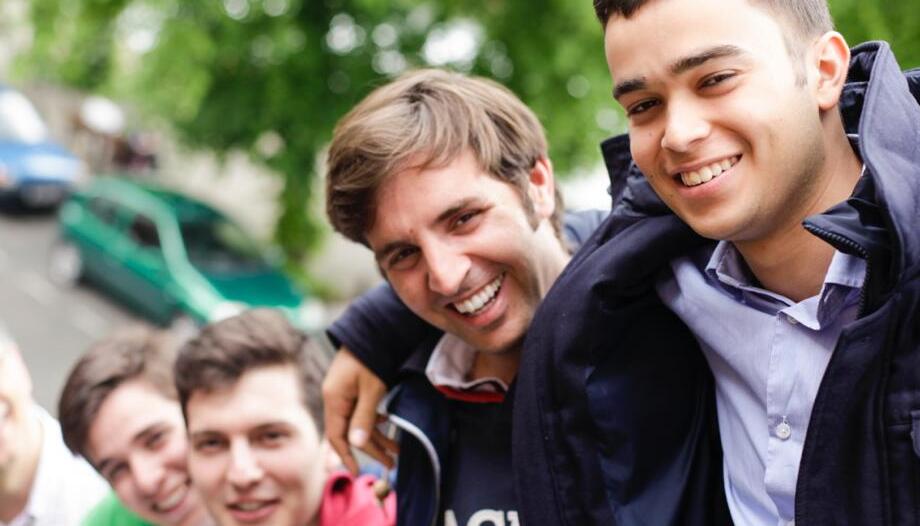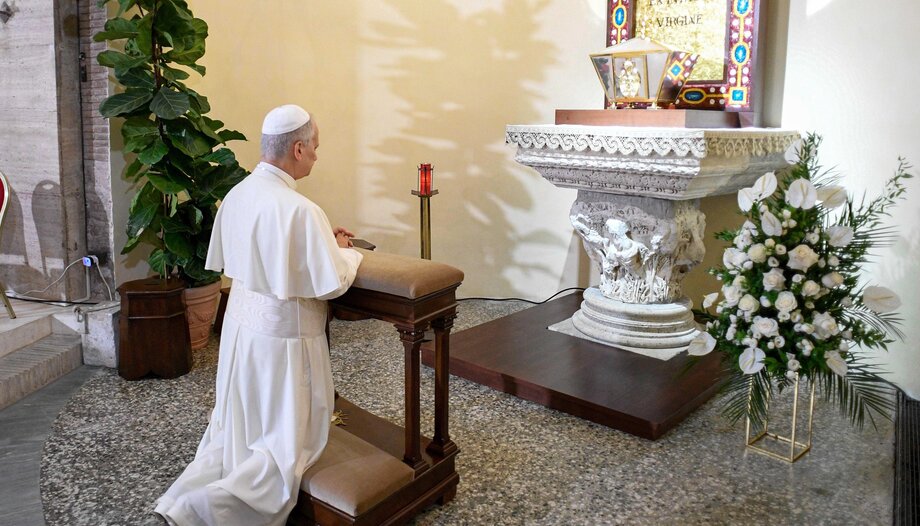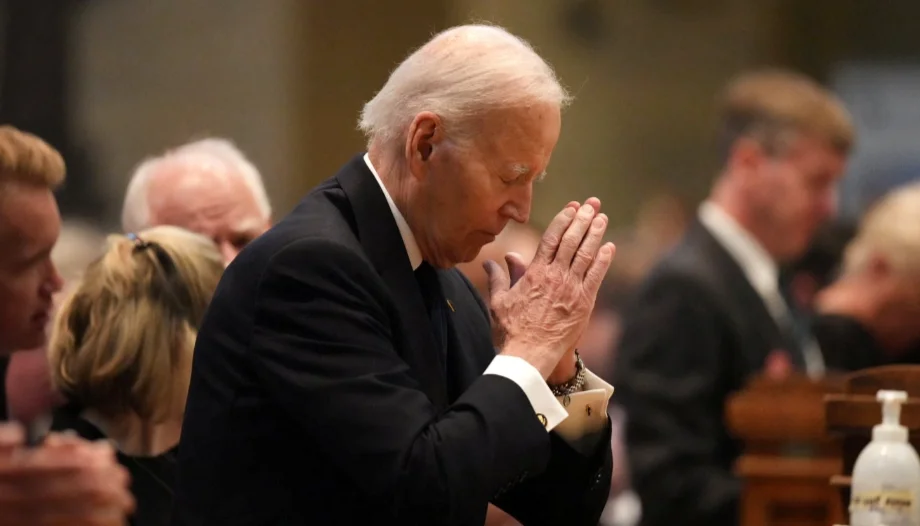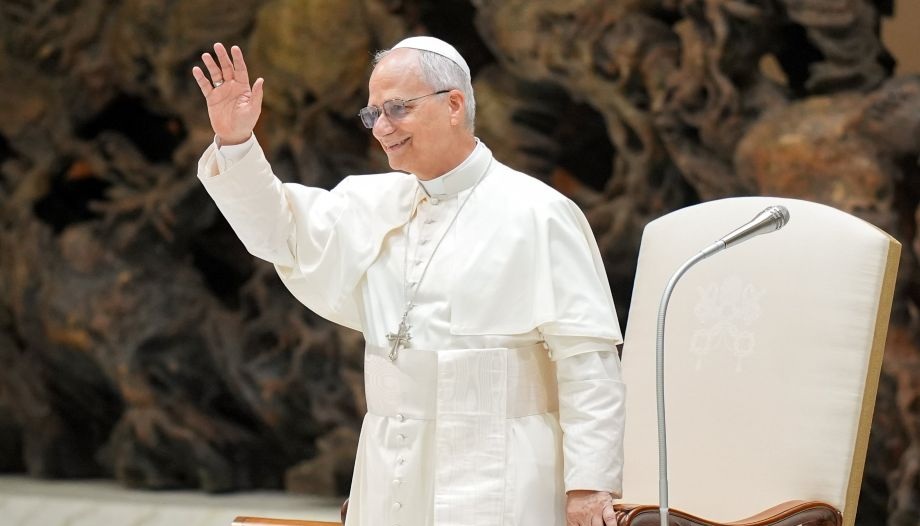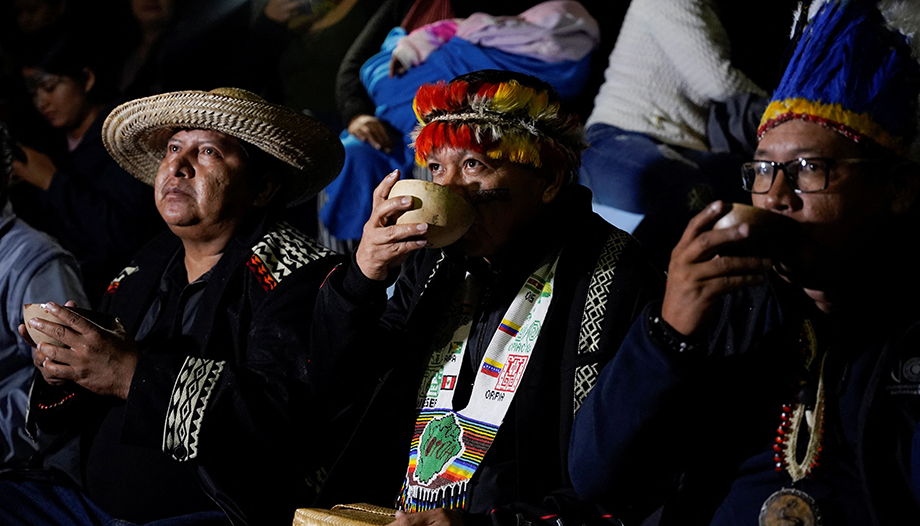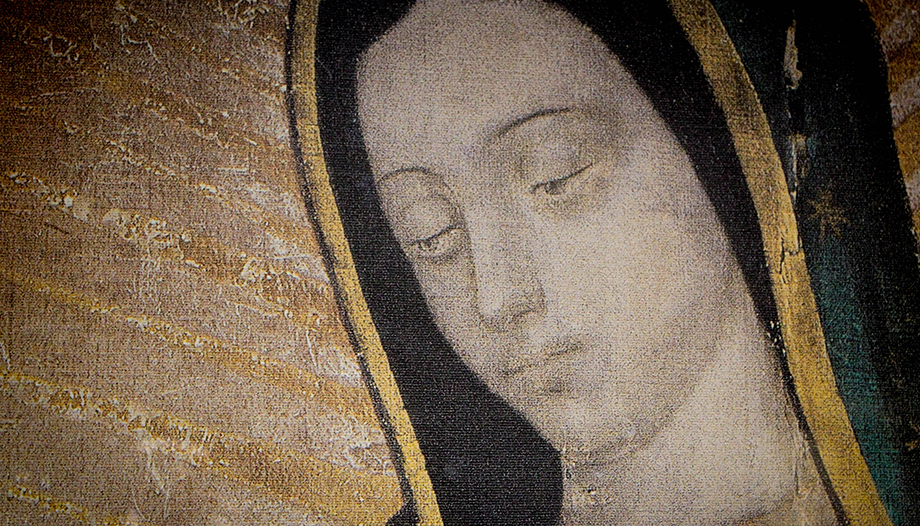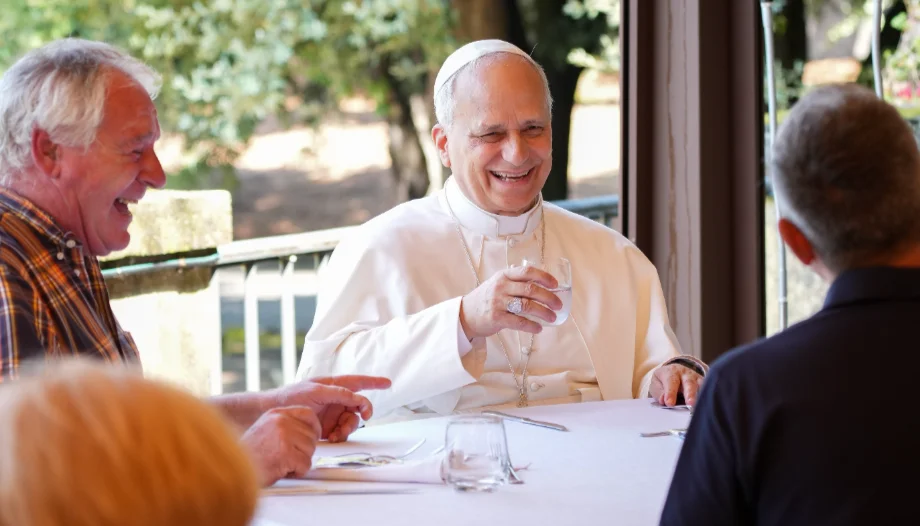On the first anniversary of the Third Synod of Bishops, for PALABRA we bring to its pages the statements of Cardinal Wojtyła, whose outstanding performance in it, as representative of the Polish episcopate, is well known.
The Cardinal Archbishop of Krakow, Monsignor Karol Wojtyła, has kindly responded to the interview given to him by the director of "CRIS", Joaquín Alonso Pacheco.
The Cardinal, in addition to alluding to the topics discussed at the Synod, speaks of the situation of the Church in Poland, where, despite various difficulties, priests are giving admirable signs of their priestly conscience.
-Poland is one of the countries that in recent years has registered the greatest increase in vocations to the priesthood. In this phenomenon plays an undoubtedly important role the image of the priest that Polish citizens want for their Church. Could you explain, Your Eminence, what expectations the Church has in Poland in this sense?
-First of all, I must say that we owe it to the last Synod of Bishops, which intensified and systematized reflection on the theme of the ministerial priesthood, that this reflection has reached the whole Church, from the Episcopal Conferences to the local Churches and all the faithful. So we have touched on one of the fundamental points of the conscience of the Church. On this conscience of the Church revived by the Synod, the problem of the expectations of Catholics with regard to the figure of the priest also arises, as far as Poland is concerned.
It is true that the enforced lack of Catholic organizations in our country has often prevented us from consulting all sectors of the laity in the preparatory phase of the Synod; however, other events have allowed us to take direct note of their feelings on the problem of the priesthood. The celebration, in 1970, of the fiftieth anniversary of the priestly ordination of Paul VI, which was lived with particular intimacy in Poland; the 25th anniversary of the liberation of 250 priests from the concentration camps of Dachau and, last year, the preparation for the beatification of Maximilian Kolbe - the Catholic priest who gave his life in Auschwitz in exchange for that of a father of a family - have meant for our faithful a kind of spiritual introduction to the Synod and, for us, an occasion to note that the figure of the priest is at the center of the conscience of the Church in Poland.
The answers given by our priests last spring to the questions posed by the Secretariat of the Synod during the preparatory phase prove this very point. Their answers are in keeping with this awareness, that is, they define the figure of the priest in accordance with their own convictions and, at the same time, in accordance with the concrete demands of the entire People of God. In Poland, it is a consoling fact that there is a close relationship between the concrete priestly existence - the way the priest sees himself - and the demands of the living faith of the Church - the sensus fidei of the People of God for whom he has been called to the ministry.
From these answers it can be deduced that for Polish Catholics the problem of the priest arises mainly around the very moment of the priestly vocation. It is rightly conceived as a very special personal call of Christ, the supernatural prolongation of the call addressed by Jesus to the Apostles. All the faithful, in the various forms of Christian life, try to conduct their lives in accordance with the special intention of God contained in Baptism, but the priestly vocation is rightly understood in all its peculiarity. To this new "come and follow me" The imperative pronounced by Christ responds, in the sensibility of our faithful, to the certainty that the personal character of such a call must be followed by a total commitment of the person. In short, the expression with which the Epistle to the Hebrews describes the priest is literally lived out: ex hominibus assumptus (Heb 5:1).
This is what explains how, in spite of the objective difficulties, the seminaries are the object of particular attention on the part of everyone and are maintained thanks exclusively to the donations of the faithful, and also explains the extraordinary participation with which - especially in the provincial communities, but also in the large cities - priestly ordinations and the celebrations of the first Masses are followed.
We can continue to use the model of the Pauline text to illustrate a second important aspect of this awareness of the Polish faithful concerning the priesthood: pro hominibus constituitur. The faithful see in the priest the substitute and follower of Christ, who knows how to willingly face any personal sacrifice for the salvation of the souls entrusted to him. They are sure of him and appreciate, above all, his concrete apostolic zeal and his untiring spirit of sacrifice for his neighbor, carried out in the spirit of Christ. And it is precisely by insisting on these dimensions of priestly existence that I believe any "identity crisis" can be overcome. The priest is useful to society if he succeeds in using all his physical and spiritual capacities in the performance of his pastoral ministry. The faithful do not need Church officials, or efficient administrative leaders, but spiritual guides, educators (among my people it is a common conviction that Christianity possesses irreplaceable moral principles and educational possibilities).
Returning to the synodal document, in order to see the Polish situation reflected in it, it would be necessary to make a new correction: rather than insisting on the identity crisisit would be necessary to emphasize the identification per vitam et ministerium which is precisely the most relevant fact about the way in which our faithful consider the Priesthood, in the light of all that has already been underlined by some conciliar documents such as the Lumen gentium and the Presbyterorum ordinis. This does not mean that Polish priests do not look with gratitude on the work done by the Synod.
It is God who gives the priesthood.
-In many Western countries, where industrialization has led to the spread of a mentality that is increasingly typical of a secularized society, there is talk of priesthood. part-time How does Your Eminence consider this problem in relation to the problem of the shortage of clergy?
-The final document of the Synod answers this question in essential terms. In the part dedicated to doctrinal principles we read: "The permanence of this reality which marks a mark for life - a doctrine of faith known in the tradition of the Church by the name of priestly character - demonstrates that Christ has irrevocably associated the Church to himself for the salvation of the world, and that the Church herself is definitively consigned to Christ for the fulfillment of his work. The minister, whose life bears the seal of the gift received by the Holy Spirit, is a permanent sign of Christ's fidelity to his Church.".
In accordance with the whole tradition, the Synod affirmed that the ministerial priesthood, as the fruit of the particular vocation of Christ, is a gift of God in the Church and for the Church; and it is precisely this gift, once accepted by man in the Church, is irrevocable. In fact, the Synod reaffirmed that "this peculiar participation in the priesthood of Christ does not disappear in any way, even if the priest is dispensed or removed from the circle of ministry for ecclesial or personal reasons.".
In practice it is the Church that, through the bishop, calls certain individuals to the priesthood and transmits it to them in a sacramental way, but this should not make us forget that the author of the gift, the one who instituted the priesthood, is God himself. "By the laying on of hands the imperishable gift of the Holy Spirit is communicated (cf. 2 Tim. 1:6). This reality configures and consecrates the ordained minister to Christ the Priest (cf. PO 2) and makes him a sharer in Christ's mission in its twofold aspect, namely, authority and service. This authority is not proper to the minister: it is a manifestation of his authority. "exasiae" (i.e., of the power) of the Lord, by reason of which the priest fulfills a mission of envoy in the essential work of reconciliation (cf. 2 Cor. 5:18-20).".
What to say, therefore, about the priesthood part-time? Here again, the answer is given in the final document of the Synod. "Full time must be devoted to the priestly ministry, as an ordinary rule. Therefore, participation in the secular activities of men can in no way be set as a principal end, nor can it suffice to reflect all the specific responsibility of presbyters.". It is therefore a question of providing an adequate answer to the question "What is a priest?", in this context the Synod takes up the words of the Presbyterorum ordinis: "Priests without being of the world and without having the world as their end, must nevertheless live in the world (cf. OP 3; 17; 10; 17, 14-16). as witnesses and dispensers of another life different from this earthly life (cfr. PO 3)".
Only on the basis of these premises can a realistic and faith-conforming solution emerge. The Synod has not forgotten that even in past eras of the Church's history there have been priests who have dedicated themselves to extra-priestly activities, but always exercising them in close connection with their specific pastoral mission. "in order to determine in concrete circumstances the conformity between profane activities and the priestly ministry, it is necessary to ask whether and in what way such functions and activities serve not only the mission of the Church, but also men, even those not evangelized, and finally the Christian community, in the judgment of the local bishop with his presbyterate, consulting if necessary the Episcopal Conference.".
The decision of the bishop or the episcopal conference should therefore take these premises into account. Finally, with regard to the performance of extra-priestly activities, the Synod consents to it, but with some important clarifications: "When these activities, which ordinarily fall to the laity, are in some way required by the evangelizing mission of the priest himself, they are required to be in accord with other ministerial activities, since in such circumstances they can be considered as necessary modalities of true ministry. (cfr. OP 3)".
The Synod has therefore assumed the responsibility of protecting the Church from the risk of devaluing the divine gift of the priesthood. In keeping with this same sense of responsibility, I maintain that the problem of the shortage of clergy must be framed in its proper dimensions; one cannot think of resolving the difficulties arising from quantity by renouncing quality. It is a question of improving the use of priests in the Church, but without forgetting that only "the Lord of the harvest" This gift can be multiplied, and it is up to men to accept it with the dispositions required by its nature.
Identity crisis?
From your words we can draw the conclusion that the crisis that has reached the Priest can be traced back, above all, to difficulties of faith and the lack of a genuine priestly spirituality in the Church today. Do you think, however, that, above and beyond this crisis, a macroscopically de-Christianized culture is also at work? The Synod, to which you referred, also touched on this aspect; what is your opinion on the matter?
-During the work of the Synod, there was much talk about the identity crisis of the priest, framing it against the background of a more fundamental identity crisis of the Church herself. Certain expressions, however, seem to me to be blurred: it is clear that rather than an objective crisis, these expressions allude to a subjective awareness of crisis. Having clarified this, I will go on to answer your question directly. The final document on the priest, in spite of avoiding the expression "identity crisis" - used, instead, in the preparatory document -, precisely in the points dedicated to illustrate such a crisis, evokes this idea. Here is an example: "Faced with this reality, some people have these disturbing questions: Is there or is there not a specific reason for the priestly ministry? Is this ministry necessary or not? Is the priesthood permanent? What does it mean to be a priest today? Would it not be sufficient for the service of the communities to have some presidents appointed to serve the common good, without the need to receive priestly ordination, and who would exercise their office temporarily?"
It can certainly be argued that questions such as these have historically arisen in the theological sphere, appealing to theoretical presuppositions systematically elaborated by certain theologians as a response to traditional theological methodology. But once formulated and launched into ecclesial public opinion, they express an attitude of deeper existential contestation. The text is concerned precisely with reconstructing the genesis of this second type of contestation, and in this environment it continues to refer to the total scope of contemporary culture: "The problems indicated so far, in part new and in part already known in the past, but today posed in new forms, cannot be understood apart from the total context of modern culture, which seriously questions their own meaning and value. The new resources of technology give rise to a hope based too much on enthusiasm and at the same time to a profound uneasiness. One can rightly ask whether man will be able to master his own work and direct it towards progress.".
"Some young people above all have lost hope in the meaning of this world, and seek salvation in purely meditative systems, in artificial and marginal paradises, shunning the common effort of humanity."
"Others animated by utopian hopes without any relation to God, so that in the attainment of a state of total impression, they transfer from the present to the future the meaning of their whole personal life."
"With this, action and contemplation, instruction and recreation, culture and religion, the immanent and transcendent poles of human life, are completely disconnected".
The problem is this: is this diagnosis fair? Or better: does it really explain everything? That is, is it really due to the context of contemporary culture? Members of the Polish Episcopate who are in contact with post-war difficulties are inclined to maintain that the document generalizes a set of symptoms characteristic of the Western world with great technological development; the situation of the Church in other countries presents quite different aspects.
Life of faith.
The Synod certainly did not ignore this reality: "We know that there are various parts of the world where this profound change in culture has not been felt until now, and that the questions highlighted above are not raised everywhere, nor by all priests, nor under the same point of view."
However, in Poland, perhaps because of the influence of a different political and socio-political regime, the cultural transformation is not only less noticeable, but also in a quite different way. Recent polls among Polish priests show that we can speak neither of an identity crisis of the priesthood nor of an identity crisis of the Church. In the clash with Marxist ideology and its programmed and propagandistically spread atheism, the Church has not lost its own identity. Crises, when they exist, are individual; and here we return to the problem of faith and spirituality. Faith is a supernatural grace that develops in the most varied and contradictory circumstances. At this time, since the increase of material progress brings with it strong tensions in the spiritual life, I think it should be emphasized that its radical resolution depends on a proportional increase in the life of faith. And this, beyond diagnoses, was also the fundamental response of the Synod.
Public opinion in the Church.
-Parallel to the mission of stimulating and guaranteeing the faith (Magisterium) is the function of guiding believers, faithfully transmitting to them the magisterial indications. In this sense, could you explain the allusion you recently made to theology?
-It is not only a question of theology, but, in general, of the formation of public opinion in the Church. In this area, a decisive role is played by the massmediaThe latter, of course, cannot act to the detriment of their fidelity to the message. These, of course, cannot act to the detriment of their fidelity to the message.
The problem is so real that the Synod itself echoed it in the document on justice with these words: "the conscience of our time demands truth in social communication systems, which also includes the right to the objective image disseminated by the same media and the possibility of correcting its manipulation"..
The Church has dealt with the problem of communication in an increasingly positive and trusting manner (one need only think of the conciliar decree Inter mirifica and in the instruction Communio et progressio), but at the same time the objective existence of the objective existence of the danger that the evils of communication may harm the right to truth and become one of the main centers of injustice in the contemporary world cannot be concealed. For this reason, by assigning to the massmedia its rightful purpose, the synodal text explicitly states: "This type of education, since it makes all men more fully human, will help them not to remain in the future the object of manipulation, neither by the media nor by political forces, but, on the contrary, will make them capable of forging their own destiny and of building truly human communities.".
These texts are the focus of our theme, even though to some extent they go beyond the context: they help to dispel the misunderstandings that arise when we move from the level of the Church's life - where pastors and theologians make their specific contribution, in fidelity to their pastoral and priestly ministry - to the level of communication and the creation of public opinion. I therefore consider the concerns of the Synod Fathers to be justified in preventing the distortion of elements that are essential to the life of the Church in the course of social communications. It is a matter of setting in motion a movement of sensitization that will promote in those responsible for communications a greater awareness of their responsibility in building up the Church according to the will of Christ, realistically detecting those factors which, because of partisan interests and a widespread spirit of divinism, have a negative influence.
Ask yourself about Christian values.
-Among the warnings given to priests by the recent ecclesiastical Magisterium, the warning against the temptation to adapt the proclamation of the Word and the criteria for pastoral action to the worldly mentality stands out for its frequency. If this mentality shows itself to be increasingly steeped in permissive ideology and one already speaks openly of "permissive theology," should such a warning be extended to theologians as well?
-Permissivism and its manifestations in the theological sphere are typical phenomena of Western society which, in countries such as Poland, have, for the time being, a rather relative influence. As an outside observer, therefore, I can only limit myself to general considerations.
First of all, it is clear that at the root of permissivism there is an exclusively horizontal - and therefore somewhat reduced - conception of freedom. Freedom is the constitutive element of the dignity of the person uninterruptedly proclaimed and defended by Christian thought. But it should also be borne in mind that Christian freedom is never an end in itself, but rather is necessarily finalized: it is the means to the attainment of the true good. The error of perspective of permissivism consists in turning the point of view upside down: the end becomes the pursuit of individual freedom, without any reference to the kind of good to which freedom is committed. The practical consequence is that, outside the completion of the good, freedom is transformed into abuse and, instead of providing the person with the ground for his own self-realization, it determines his emptiness and frustration. All that remains of freedom is the slogan.
Undoubtedly, such an approach must be considered as absolutely contrary to the criteria that should guide an upright theology and effective pastoral action. In such a situation, theologians and pastors must constantly ask themselves about true Christian values. Man carries the norm of his freedom-according to the Pauline expression-in a "earthenware vessel" (II Cor. 4, 7). The temptations are many, but the possibilities for recovery are many. With regard to the problems of a permissive society, many confusions can be avoided by remembering that it is the Christian message-its root in the natural conscience-and not permissiveness that must dictate the laws of the struggle for authentic freedom, which is also always one of the indispensable components of the Church's mission.
-What, in your opinion, Eminence, is the lesson that priests today, and in particular Polish priests, can draw from a figure like Maximilian Kolbe?
-The fact that Maximilian Maria Kolbe was identified during the work of the Synod attributes to his figure - as Cardinal Duvial, the current president of the Synodal Assembly, emphasized - a significance that transcends national boundaries and makes him an example for all priests: the sign of a time marked by inhuman cruelties, but also by consoling episodes of holiness. Then, for us Poles, his beatification obviously has a very special character: for the oldest among us priests it reminds us of the torments suffered with the rest of the population in the extermination camps where pain and solidarity prepared the Church in Poland for new trials. For the younger ones, Father Kolbe represents an indication of how much the priest must demand of himself in the service of others.
Other aspects of his personality can also be considered paradigmatic (it is enough to think of his devotion to Our Lady and his apostolic action in the press); the whole of his figure, so intimately marked by the cross, is a pressing call to the apostolic purpose of the Christian vocation and to the total renunciation of self, which constitutes a constant dimension of priestly existence.
The authorJoaquín Alonso Pacheco




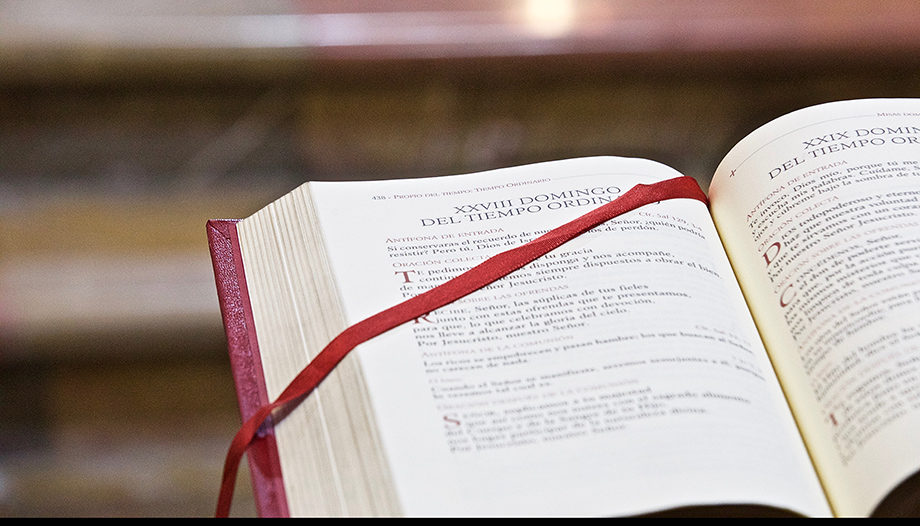
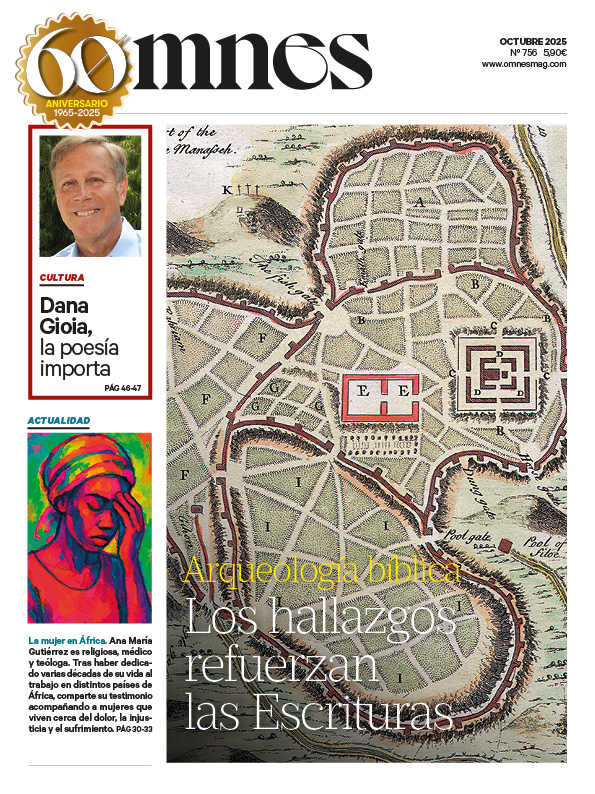


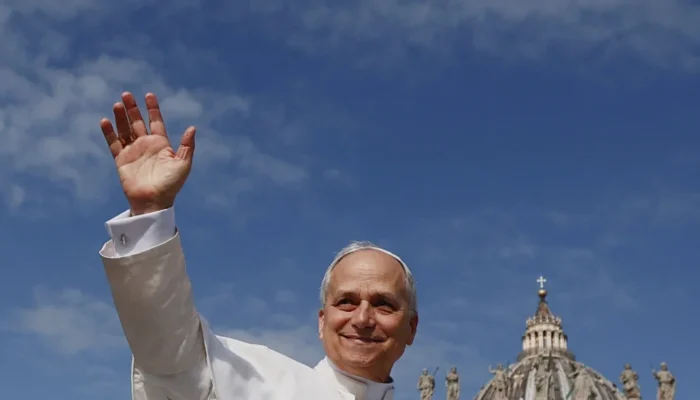
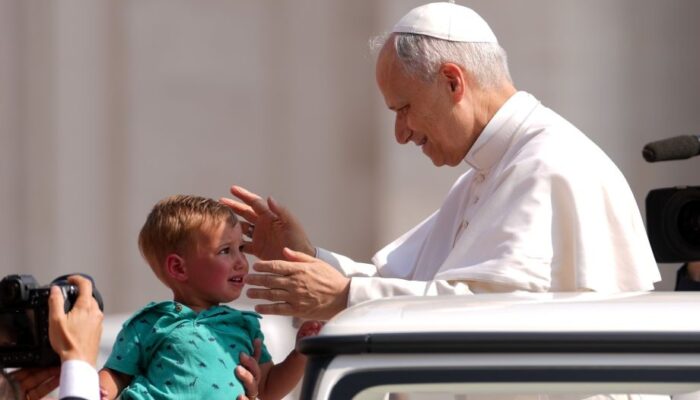
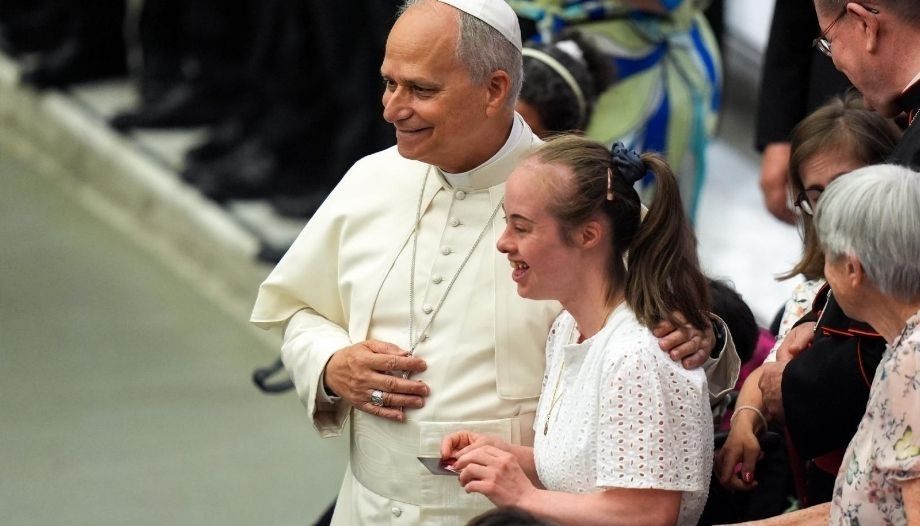
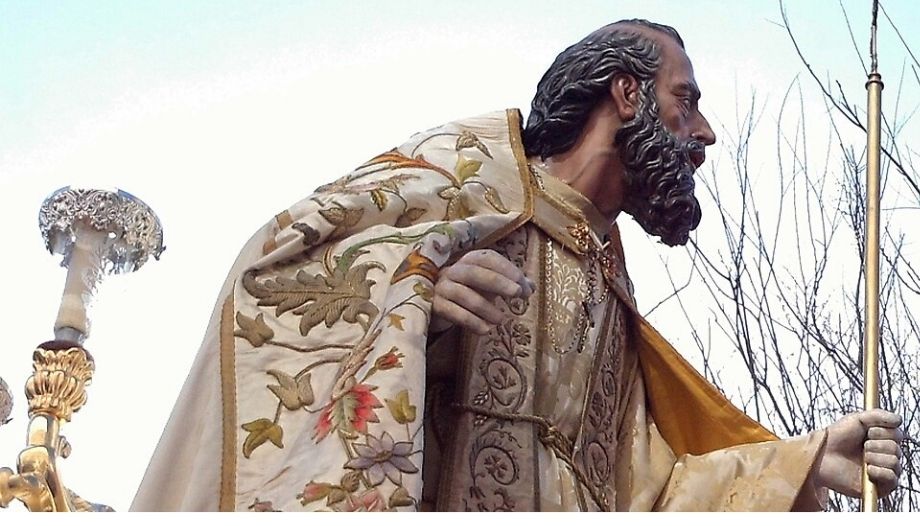
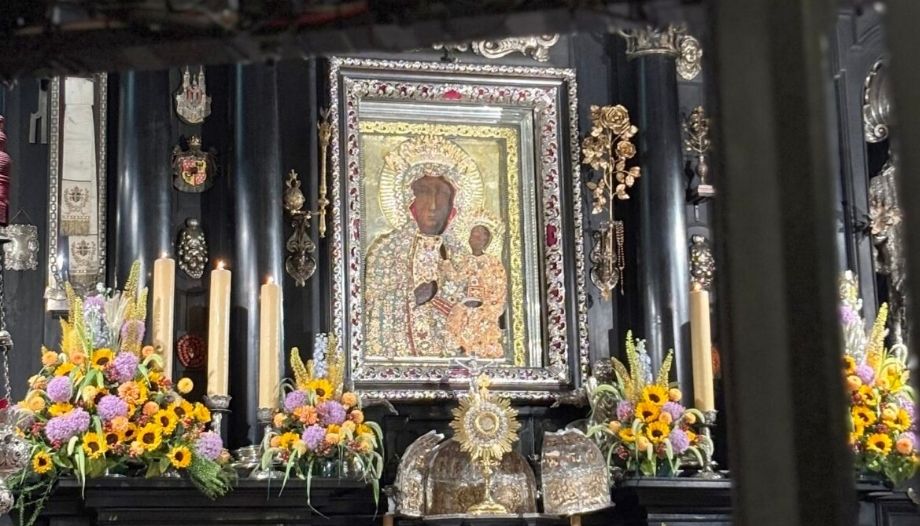
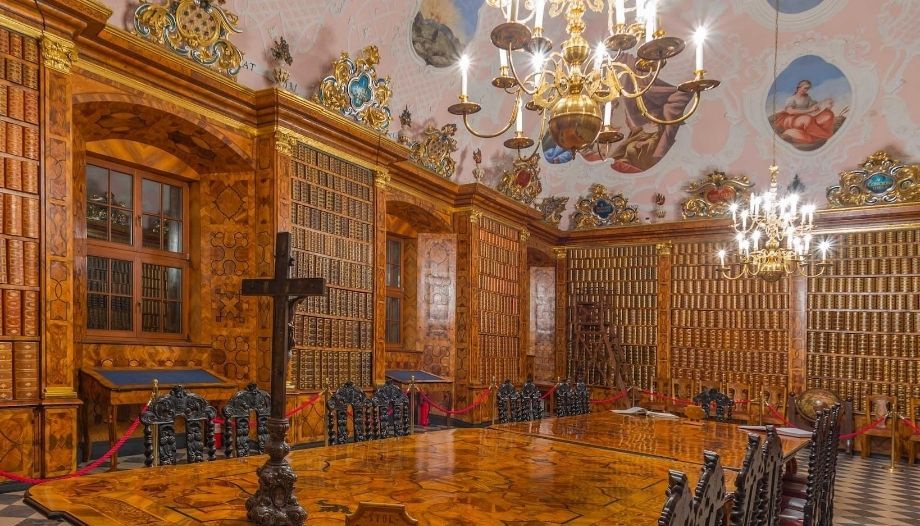
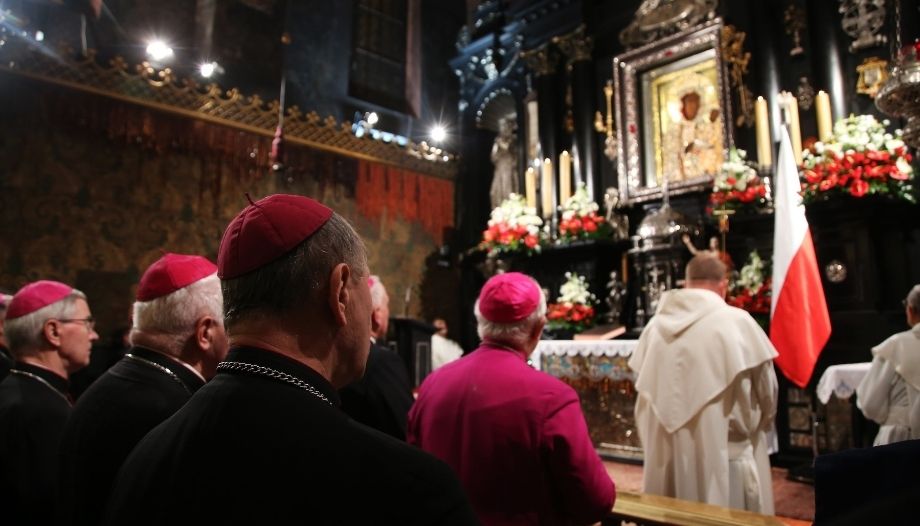

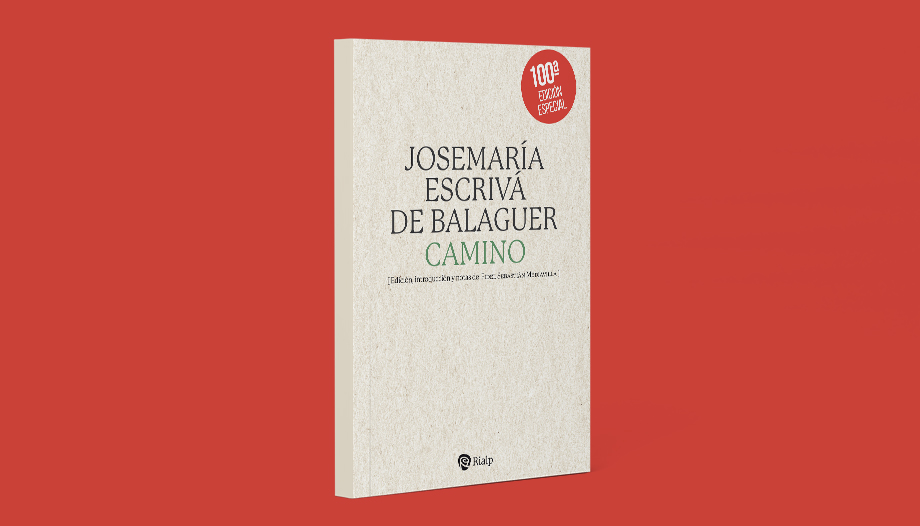
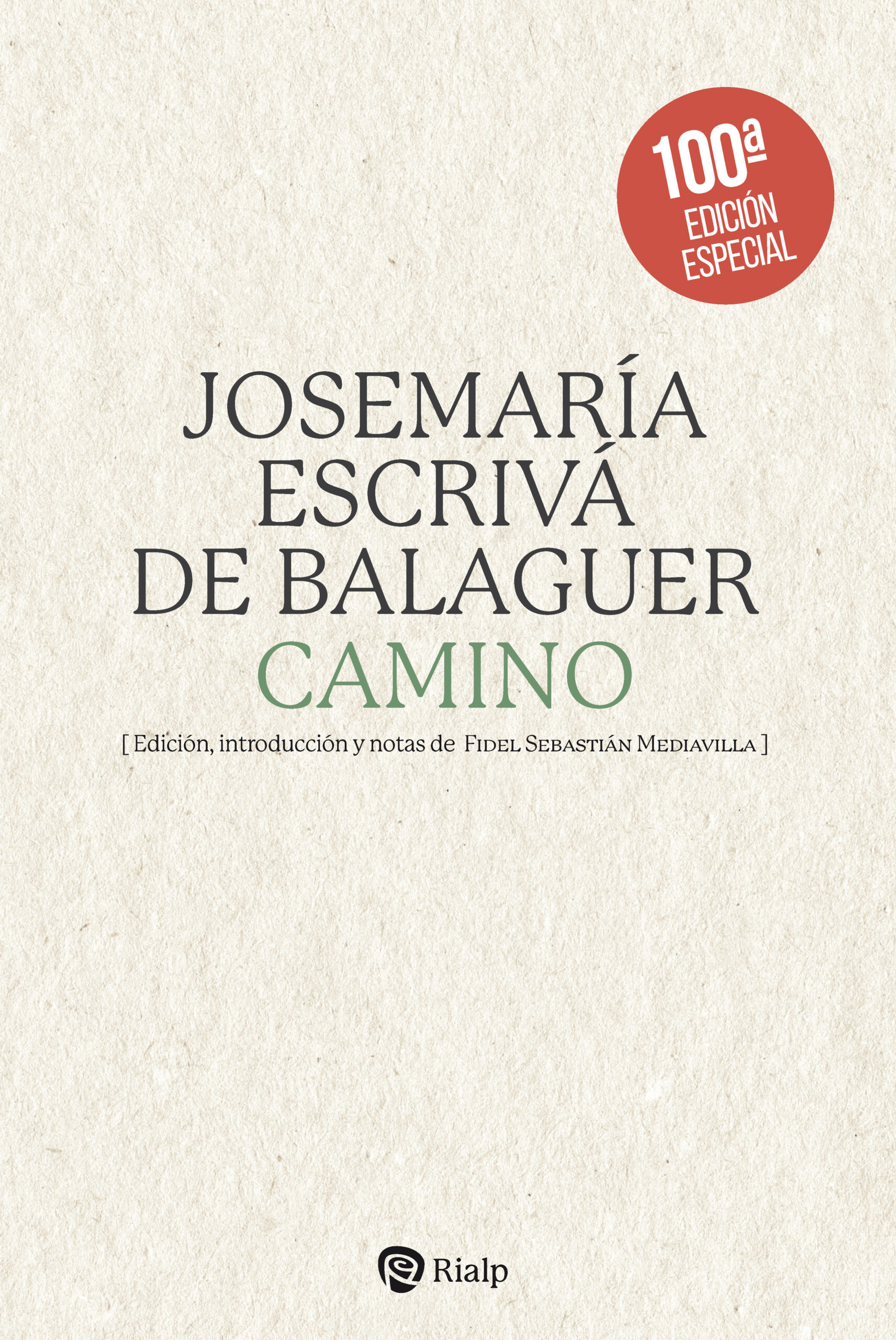
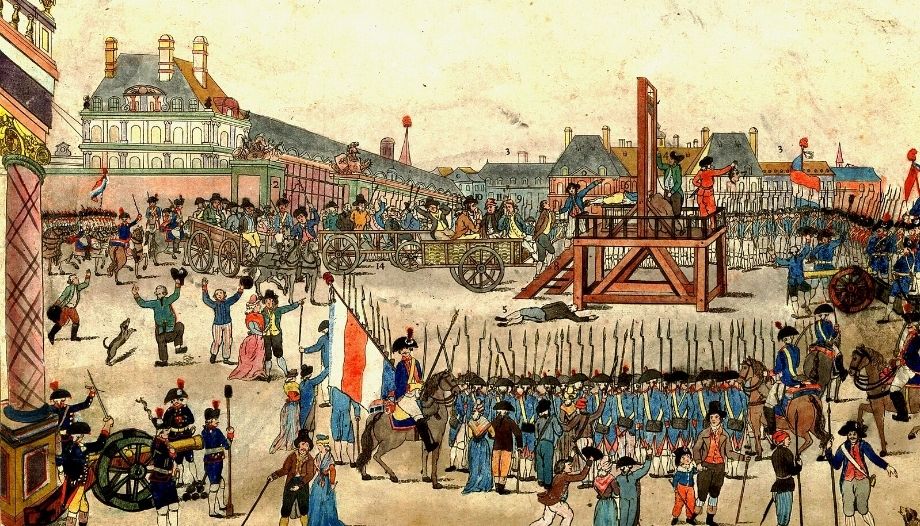
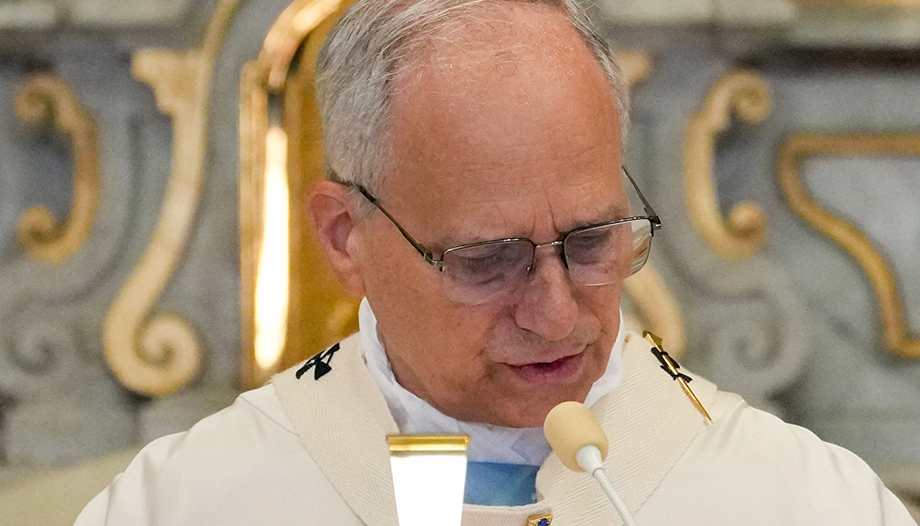

 Is Tolkien's Christianity present in his works?
Is Tolkien's Christianity present in his works?